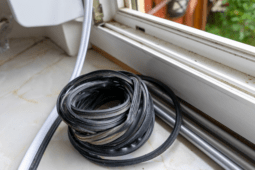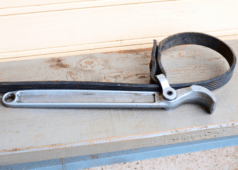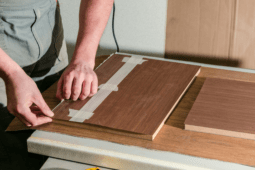Comprehensive Guide on How to Build a Greenhouse
There are various reasons why you should have a greenhouse in your home, especially if you have a larger backyard with enough space for a sizable greenhouse. However, you can do with just about any size of greenhouse, as it will yield you plenty of fruit and vegetables to enjoy throughout the seasons. Although you might be wondering how to build a greenhouse, we have a guide to help you determine if you should build one from scratch or whether it might be better for you to get a kit that you can put together.
Understanding the Benefits of Having a Greenhouse
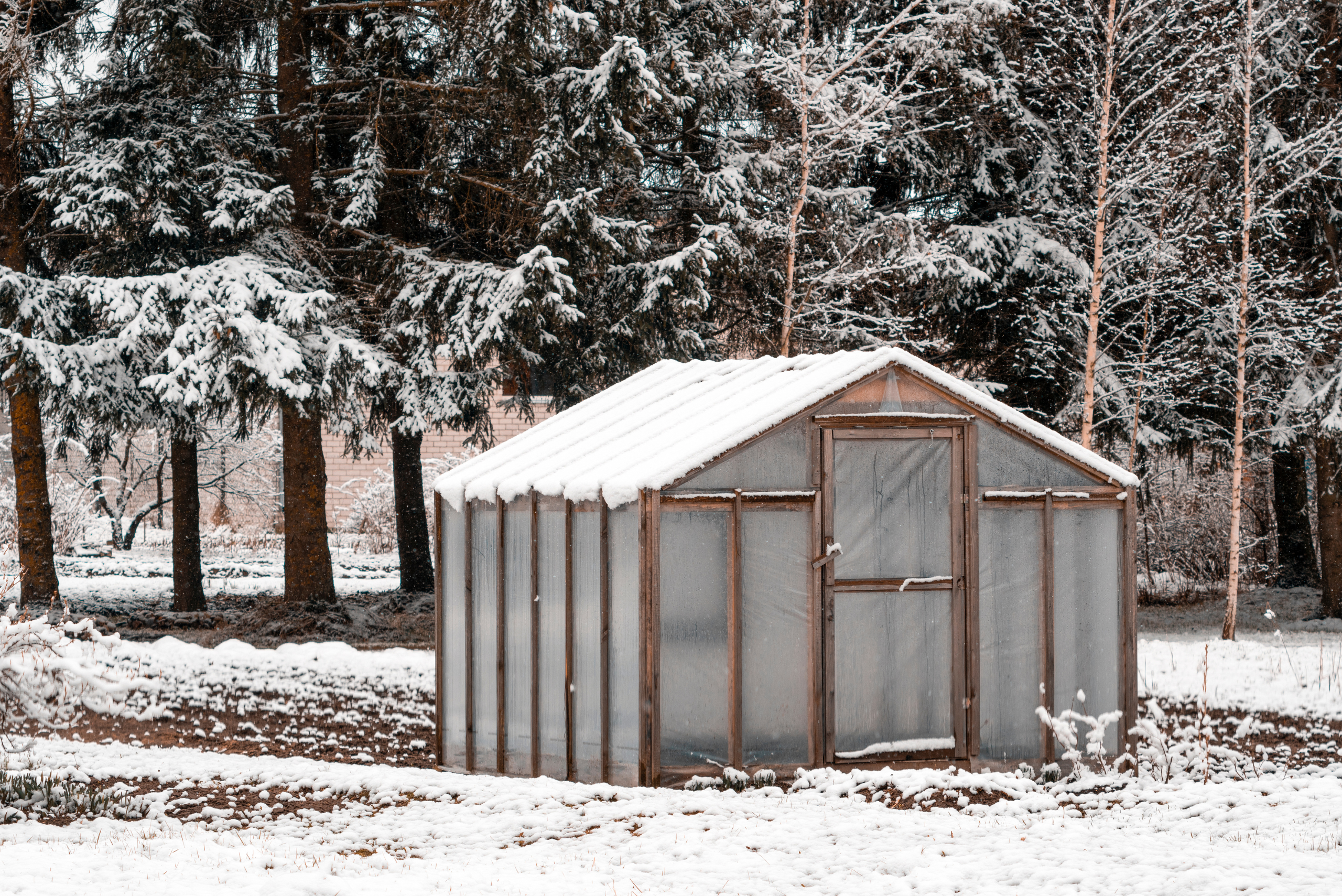
A greenhouse offers numerous benefits for gardeners, including extended growing seasons, protection from harsh weather conditions, and the ability to control the environment for optimal plant growth. By understanding these benefits, you can better appreciate the value of building a greenhouse and the impact it can have on your gardening experience.
Step-by-Step Guide For How to Build a Greenhouse
For those who are confident in their DIY skills and have a decent collection of tools, you will likely want to build your own greenhouse. Here are the steps to follow to get you started on this rewarding project:
Planning Your Greenhouse Project
Begin with a thorough site analysis: note sunlight exposure, wind patterns, and proximity to water sources. Consider seasonal changes in environmental conditions. Calculate the greenhouse size based on plant requirements, allowing for growth. Develop a detailed budget that includes materials, tools, and contingency funds for unforeseen challenges.
Choosing the Right Greenhouse Design
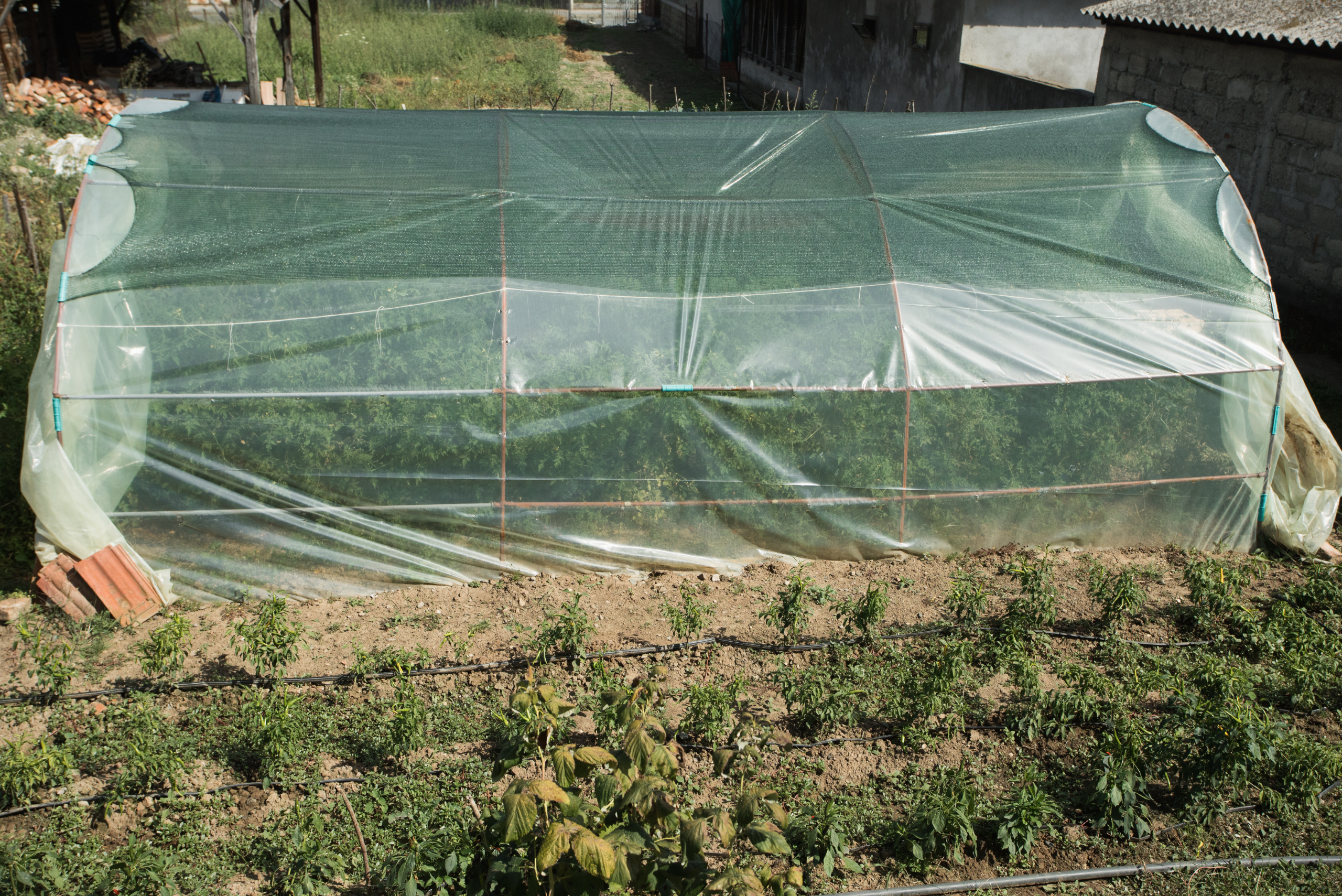
Understand the nuances of different designs. Traditional glass structures maximize light transmission, but costs may be higher. Hoop houses are cost-effective and offer excellent ventilation. Lean-to designs leverage existing structures for support. Consider the local climate, potential snow loads, and long-term objectives when selecting the design that aligns with your goals.
Selecting Materials for Your Greenhouse
Explore material specifics for durability and efficiency. For the frame, treated wood resists decay, PVC provides affordability, and metal offers strength. Covering options include single or double-layered polyethylene film for insulation, polycarbonate for durability, or glass for maximum light transmission. Choose flooring materials with proper drainage capabilities. Select ventilation systems that suit your climate, accounting for both summer and winter conditions.
Constructing the Foundation
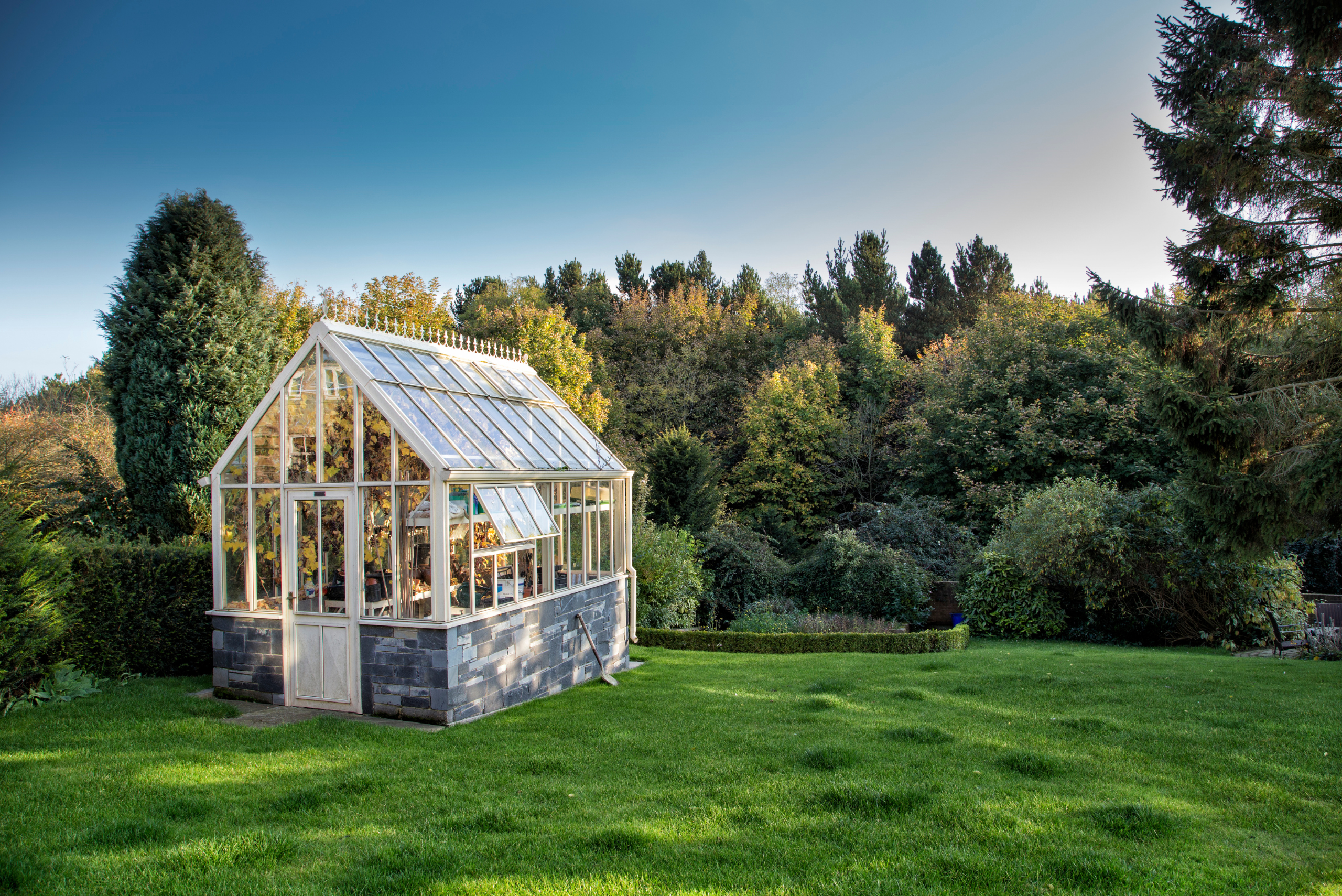
Select the foundation type based on soil composition, drainage requirements, and budget constraints. Concrete slabs offer stability but need precise leveling. Gravel provides drainage but necessitates proper compaction. Raised beds are cost-effective but require attention to detail. Follow construction instructions meticulously to ensure the greenhouse’s structural integrity over time.
Building the Frame and Structure
Delve into detailed frame construction considerations. Treat wood for decay resistance. Ensure precise bending and fastening techniques for PVC structures. Metal frames demand accurate measurements and welding skills. Discuss framing connections, anchoring methods, and proper bracing for different designs. Incorporate tips for strengthening the frame against wind and snow loads.
Choosing the Right Covering Material
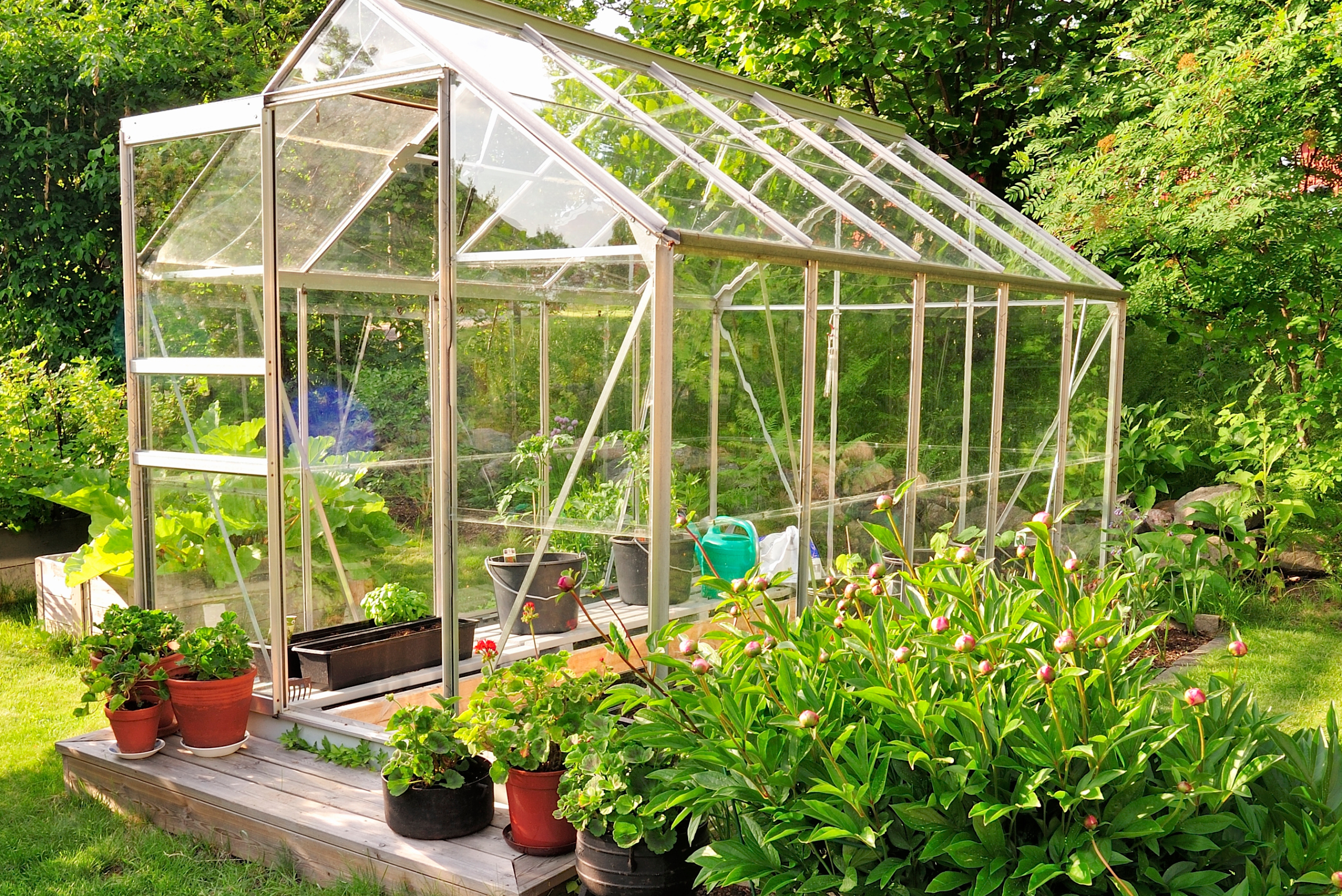
Evaluate covering materials based on insulation, light transmission, and longevity. Polyethylene film is cost-effective but may need regular replacement. Polycarbonate sheets offer durability and insulation but require proper installation. Glass provides optimal light but needs careful handling. Include tips on glazing techniques, sealing methods, and maintenance considerations for each covering type.
Installing Ventilation and Climate Control Systems
Ventilation is crucial for maintaining a healthy environment. Detail installation steps for exhaust fans, side vents, and automated climate control systems. Consider the optimal placement of fans, ventilation rates, and the calibration of sensors. Provide tips for winterizing the greenhouse and managing excess humidity during the growing season.
Setting Up Irrigation and Watering Systems
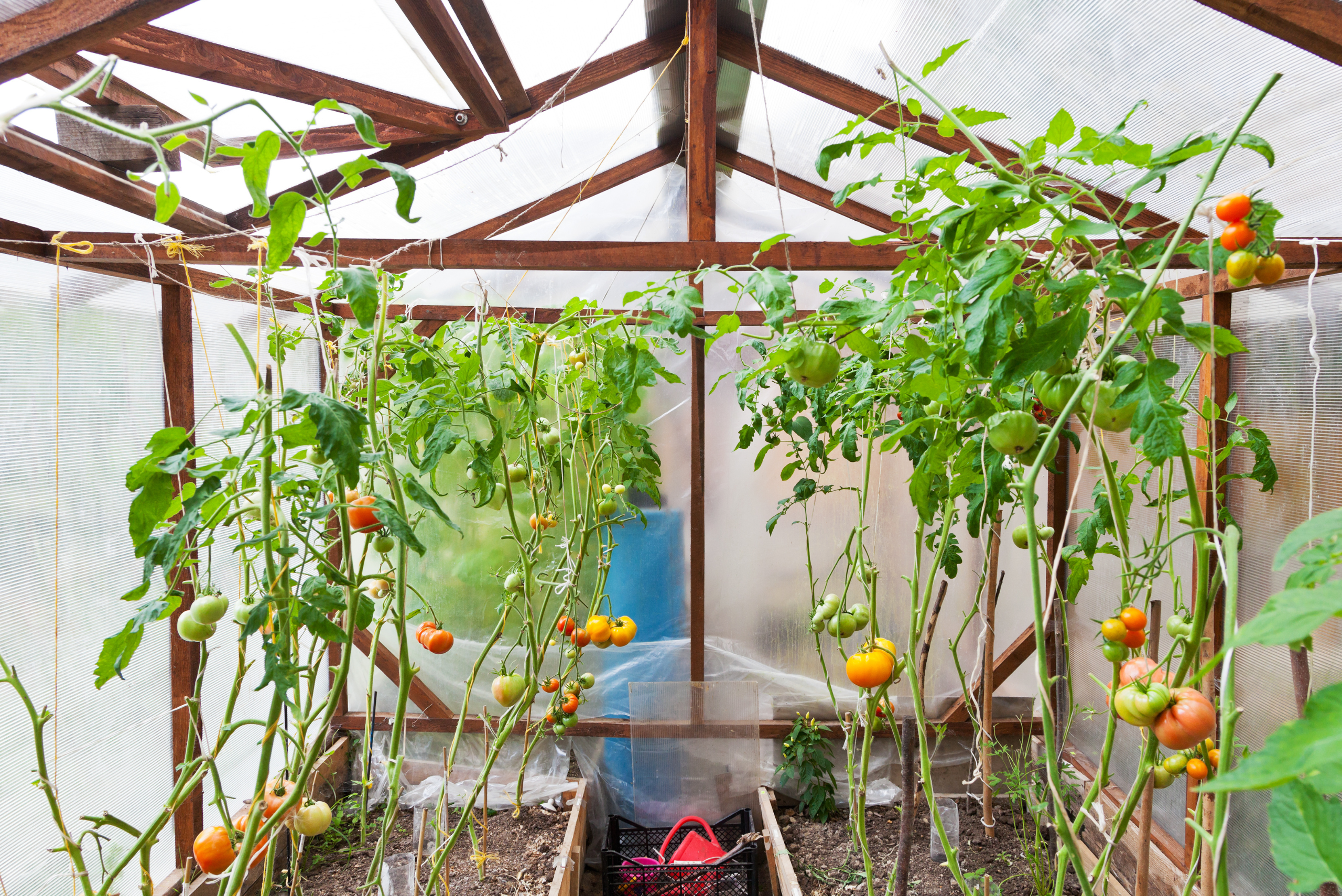
Explore irrigation system options in depth. Drip irrigation ensures water efficiency but demands precise installation and periodic maintenance. Soaker hoses provide even moisture distribution but require proper spacing. Misting systems are effective for specific plants but demand careful calibration. Include tips on water quality considerations, system maintenance, and troubleshooting common issues.
Maintaining Your Greenhouse
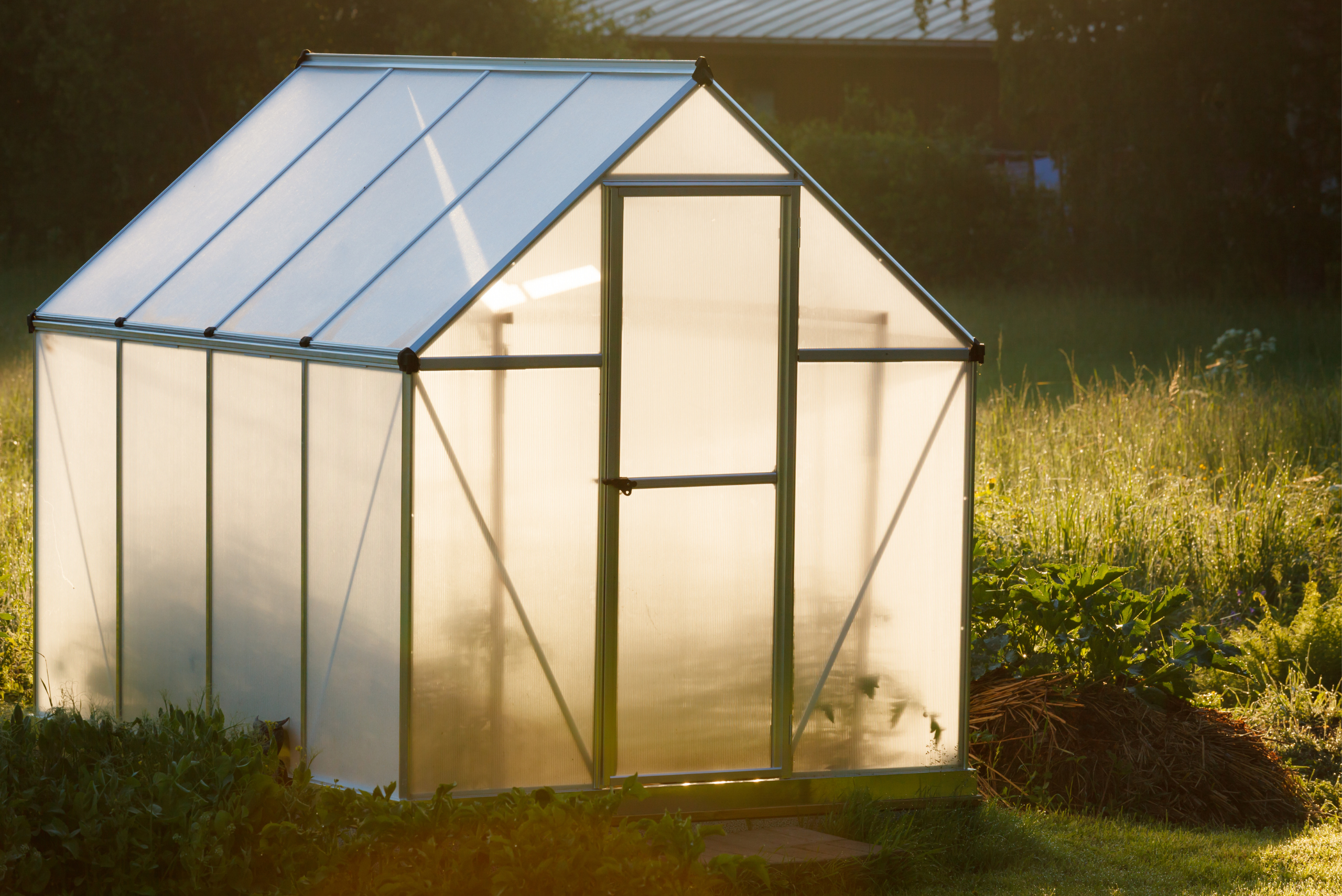
Once your greenhouse is built and operational, regular maintenance is key to preserving its functionality and prolonging its lifespan. The maintenance of your greenhouse can vary slightly based on its design, but primarily, you will want to protect the materials from weathering, and you must regularly check your greenhouse for damage. A few things you can do to maintain your greenhouse include restaining the wood, checking water drainage holes, inspecting the covering for damage, and regular checks on your plants.
Related Articles:
- 10 Insect-Repelling Plants You Want Around Your Patio
- How to Guide for Creating a DIY Planter Box
- Leafy Elegance: Big Houseplant Beauties
Building a greenhouse is a fulfilling endeavor that offers a wealth of benefits for gardeners of all levels. We recommend having everything ready to perform starting this DIY project, eliminating the need for store runs mid-build. Happy building, and hopefully, you will have a good idea of how to build a greenhouse that will check off all the boxes for your dream greenhouse.



